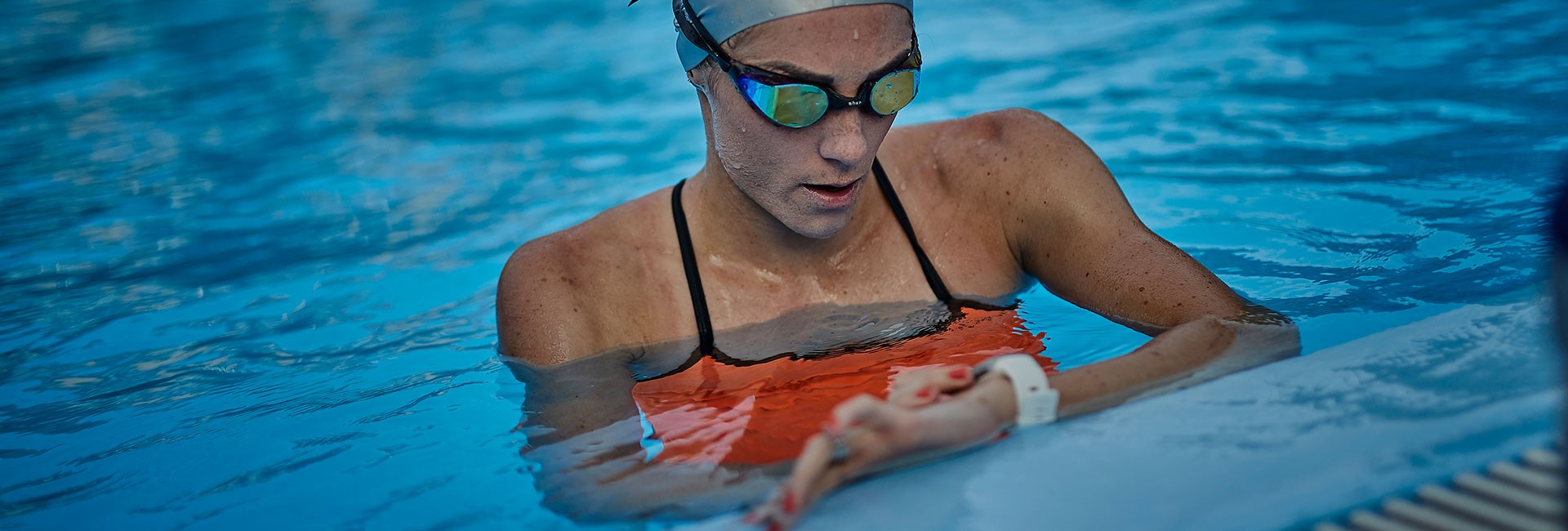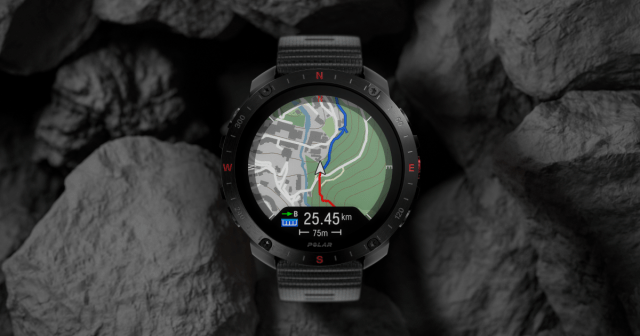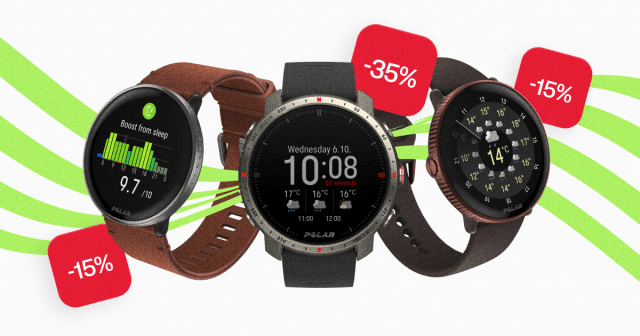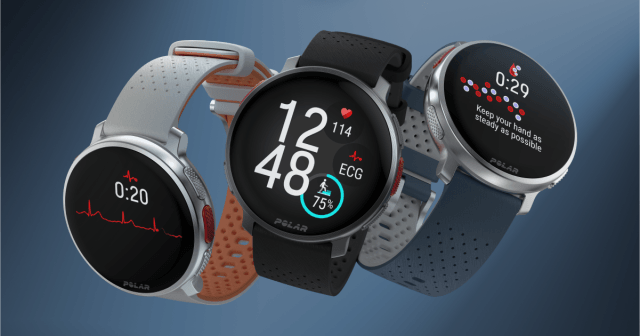In triathlon swim, there’s fast, and then there’s Lucy fast.
After a breakthrough second-place performance at the 2017 IRONMAN World Championship, all eyes were on Lucy Charles-Barclay as the cannon went off on the Big Island in 2018.
What followed was out of this world — not only did she log the second fastest overall time in the history of the race, but she shattered the Kona swim record that had stood since 1999 with a blistering time of 48:13.
Fast forward to 2019, and Charles-Barclay is currently putting the finishing touches on a long training block before she heads to Kona. She’ll be competing at 26 years old this year, but despite being one of the younger competitors in the professional women’s field, she’s no longer an underdog. She’ll be a marked woman out on the course, and she’ll undoubtedly have a podium finish in her sights.
Unfortunately, we can’t all be Lucy Charles-Barclay — the combination of her dedication, work ethic and raw talent has propelled her to the top of her sport. Luckily though, she sat down with us and shared her personal tips for the triathlon swim, from the metrics she tracks to how to be prepared for the challenges of swimming in open water on race day.
Lucy’s advice mirrors what we see from her out out on the course: focus on good technique, and go hard from the start.
What are your go-to Triathlon swim training tips?
Swimming faster is mainly about improving your technique, not just repeating sessions to improve your fitness. Always make sure drills and feedback are a regular part of your swim training.
Do you use heart rate when training for the Triathlon swim?
When I swim I don’t use a heart rate band, but the Polar Vantage V is great because it gives me this data without the need for one. I can see areas where my effort drops compared to my speed, and areas where my technique has dropped or where my speed has decreased for similar average heart rate.
What race-day recommendations do you have for those who are not strong swimmers?
Stay away from the middle of the bunch, and if you get the chance to do a water warm up take it — it will help to acclimatize you as well as increase mobility and reduce anxiety levels.
It’s very easy to start too fast in open water races with the increased stimuli, so having a watch like the Vantage with a clear and easy visual of your moving speed can help you measure your pace better, just as you would when running.
What kinds of “surprises” or “challenges” should You be prepared for during the triathlon swim? How can they prepare for these?
The best way to prepare is to research the water temperature, the course itself and the water visibility so you can adjust your training accordingly. As I mentioned, if it’s possible and safe to swim part or all of the course before the race, then this is ideal to reduce elements of surprise.
Water temperature is the big one that catches triathletes off guard, so do plenty of non-wetsuit swims if you know there is a chance that the race could be too hot for wetsuits — and of course the same if the race will be in cold water. Your local pool will never be the same as open water.
We’ve covered this briefly, but how do you use sports technology when you train for the triathlon swim? What metrics do you track?
Like most swimmers, average pace per 100 meters is the main metric I use. It’s important to break the session down using the interval options on the Polar Vantage because just swimming long blocks and checking your data at the end is not technique-focused.
I have started to use the Smart Calories analytics to track my energy expenditure with the Polar Vantage V so I can keep fueled throughout the race.
Is training for the Kona swim leg different than for other races?
I try to treat it the same as other races. Of course I know I won’t be wearing a wetsuit, so plenty of warm weather open water swimming is added to the program when possible, but this is not always possible depending on where I am in the weeks and months leading into the race.
I try to be in Kona for a good time before the race so I can acclimatize and get used to the ocean swims. I love racing in the Ho’ala training swim the week before the big day to check if my swim is on track.
What is your “#1 pro secret” for the triathlon swim leg on race day?
Go hard from the start, and be ready for the big day. It’s no secret I love to lead from the front, so it’s fair to say there is no hiding up there and no real secrets.
What is your “#1 pro secret” for training for the swim leg?
Small improvements make big differences, so always look for areas to improve on and keep increasing the bar. My swim is good but I never rest on that — I always want to get as much advantage as I can and build my race from there.
What are some common mistakes you see age-groupers make while training (or racing) for the swim leg?
One or two big swim sessions a week is not as good as three or four smaller, more focused sessions. Yes, it’s good to get long swims in, but I can’t stress enough how important it is to focus on technique and efficiency.
If you liked this post, don’t forget to share so that others can find it, too.
Or give it a thumbs up!
I like this article
Please note that the information provided in the Polar Blog articles cannot replace individual advice from health professionals. Please consult your physician before starting a new fitness program.




